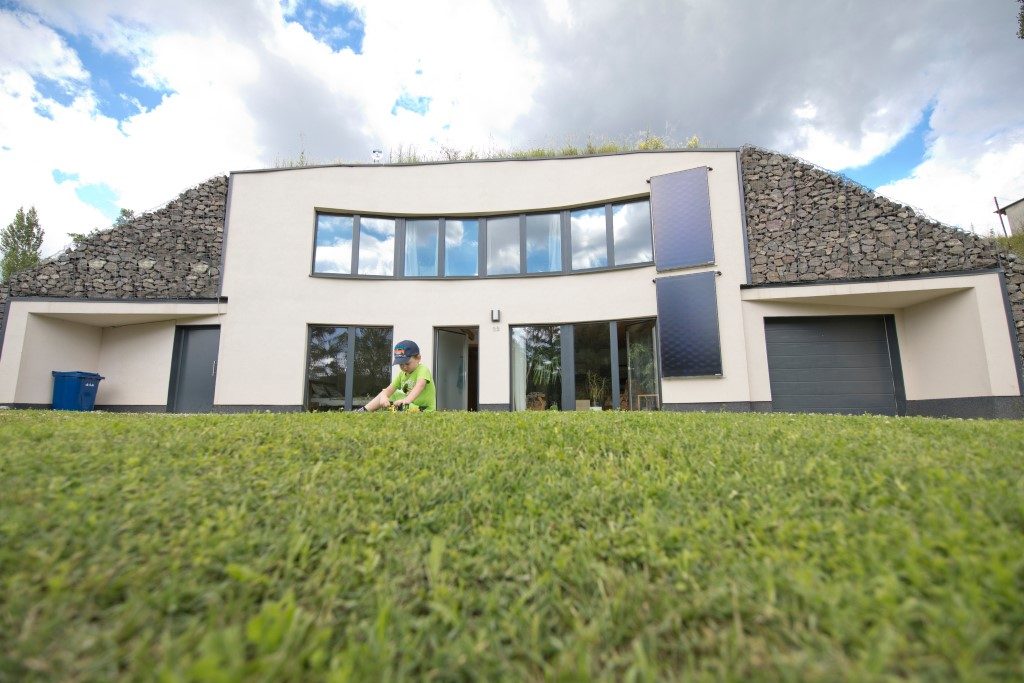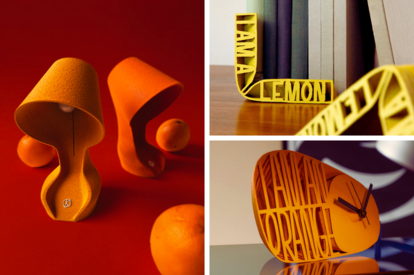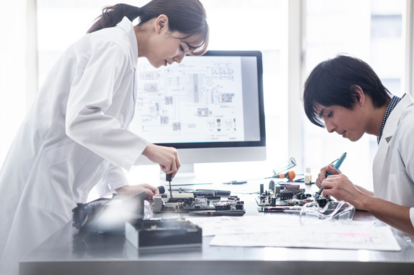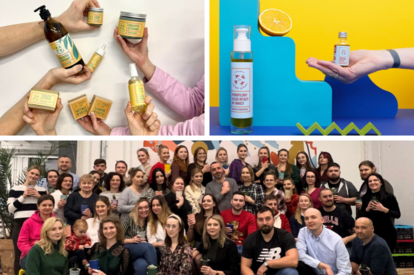
What is sustainable architecture and how can it help designers, architects, builders, and clients minimise harmful energy consumption and pollution? Katarína Jelenáková, Manager for International Cooperation and Support of SMEs at the Network partner Slovak Business Agency, interviewed architect and structural engineer Martin Pribila, the creator of the "Krtkodom" concept. This alternative housing solution uses less land and energy while promoting a healthy, natural environment for its residents. Simple, sustainable, and successful, the Krtkodom is making a strong case for greener living.
How would you describe the Krtkodom?
The Krtkodom (meaning "mole house" in Slovak) is an eco-friendly, earth-covered house located on a slope, with roofs laid with soil and grass. Designed to blend into the natural landscape, it offers a comfortable living space while minimising environmental impact.
Unlike conventional buildings, the Krtkodom enables the effective use of sloping land for construction. The system is also more cost-effective compared to other types of houses built on a slope. By integrating retaining walls into its structure, the Krtkodom manages to cut down construction costs.
The concept also allows for energy self-sufficiency through solar panels and natural heating and cooling systems, which reduce wasteful energy consumption. The green roof insulates the building, cleans the surrounding air, absorbs rainfall, and can conserve up to 70,000 litres of water. The house is protected and surrounded by nature, which helps reduce noise and pollution.
Free from commonly used building materials such as asphalt and plastics, the Krtkodom relies on recycled concrete, minimising the damage caused by one of the planet’s most polluting industries.
How was this idea born?
The Krtkodom concept was inspired by the book Earth Sheltered Housing Design: Guidelines, Examples and References, published by the University of Minnesota in 1979. My college roommate introduced me to it, and once I started reading, I was captivated by the idea of underground housing. The book highlighted how humans have long used caves and natural shelters to stay insulated from extreme temperatures, a concept that opened my eyes to the potential of nature as a model for sustainable design.
I built the first Krtkodom for myself, which turned into a valuable learning experience. It allowed me to refine the concept at my own pace, without the pressure of client expectations, much like offering prototype products to family and friends for testing and feedback.
Despite advances in green building technologies, sustainable architecture remains rare. I wanted to create something different; something that would offer real value to clients and give us a competitive edge. In Slovakia, for example, only a few architects specialise in green, underground housing.
Who is the Krtkodom built for?
Our clients are individuals and families seeking homes that allow them to live in harmony with nature, achieve energy self-sufficiency, and reduce their environmental impact. Sustainability is part of all aspects of the planning and construction process of the Krtkodom, from the replacement of conventional materials with recycled alternatives to the incorporation of green roofs, the use of water conservation systems, and the integration of the building into the natural landscape.
Clients find us through our website, dedicated publications, visiting tours, and our social media channels on Facebook, YouTube and Pinterest. For example, our vlogs have an important role in educating the public about the Krtkodom concept and lifestyle. I also help customers find suitable plots of land for their dream house.
How has Enterprise Europe Network helped you bring this product to life?
The Slovak Business Agency and the Enterprise Europe Network have been instrumental in helping us build a strong international network and grow our business. With their support, we connected with an architecture firm in Hungary, which took our product to the next level. We were fortunate to meet an architect who was passionate about our concept and brought fresh ideas on how to further improve the design of the house.
Despite the challenges posed by COVID-19, which severely impacted the global construction sector, our business has thrived. Since November 2021, we’ve seen a rise in sales and strengthened partnerships with international collaborators. The demand for green roofs and sustainable housing is growing, with schools, museums, and other organisations expressing interest in our expertise.
Currently, the Network is helping us connect with universities to conduct research on various aspects of the building, such as specific measurements and the use of alternative materials. They also keep us informed about relevant matchmaking events and international companies interested in our work. I’ve attended events in Prague, Lille, and Vienna, which helped expand our partner network. For example, through these events, I met a supplier from Serbia who now provides us with custom windows for the Krtkodom.
What is your advice for aspiring entrepreneurs?
In my experience, many “new” ideas in architecture are actually rediscovered and reimagined concepts shaped by different times and contexts. That’s why a good architect needs a solid understanding of history, art, and innovation, while also staying tuned in to current social and cultural trends. Of course, not every idea will work as is; many need to be adapted. Keeping an open mind and being flexible is essential to finding what truly works.
Teamwork is equally important. Working with partners like the Enterprise Europe Network helped us challenge assumptions, spark creativity, and deliver better results. My advice to aspiring entrepreneurs: connect with your local Enterprise Europe Network contact point. It’s a great way to explore opportunities for growth, innovation, and international collaboration.
Katarína Jelenáková is Manager for International Cooperation and Support of SMEs at the Slovak Business Agency. She holds a Bachelor’s Degree in Mass Communication and Advertising and has extensive experience in B2B communication, events management, and business advisory services.
Related articles

Krill Design, a start-up in Milan, turns food waste into 3D printed, stylish homeware. Discover their inspiring journey and get 5 insider tips on how to incorporate eco-design into your business.

Embedding sustainability into your daily business operations is not only beneficial for the environment, but can also improve your brand reputation, reduce costs, and attract socially conscious...

Intellectual property is a powerful tool that can help small and medium-sized enterprises (SMEs) thrive in a fierce business world. Small businesses drive innovation, job creation, and economic growth...

As clean beauty is reshaping the cosmetics landscape, Four Starlings – a family-owned soap-making business in Poland – is gaining international recognition. We spoke with Grzegorz Sienkiewicz...
